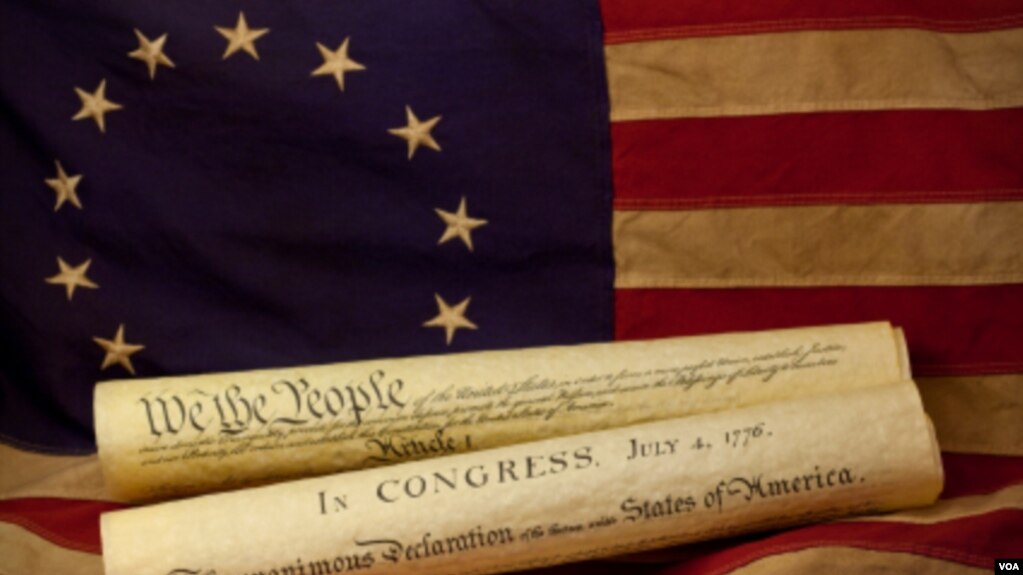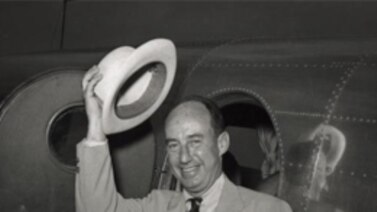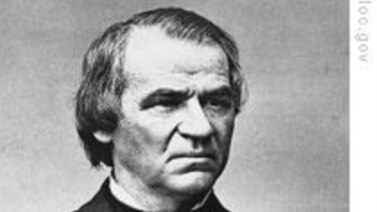
From VOA Learning English, this is The Making of a Nation. American history in VOA Special English. I’m Steve Ember.
This week in our series, we look at the start of the American Revolution.
The road to revolution in the late seventeen hundreds took several years. There were protests against the British policy of taxing the colonies without giving them representation in Parliament.
To prevent trouble, the British sent thousands of soldiers to Boston, the largest city in Massachusetts.
Jayne Gordon, the director of education and public programs at the Massachusetts Historical Society, explains the mood at the time.
“We’re looking at a time of great tension, we’re looking at a time when there’s an expectation, I think, on both sides that something will happen but nobody knows exactly what or when.”
On March fifth, seventeen seventy, that tension led to violence.
It was the end of winter but the weather was still very cold. A small group of colonists began throwing rocks and pieces of ice at soldiers guarding a public building. They were joined by others, and the soldiers became frightened. They fired their guns.
Five colonists were killed. The shooting became known as the Boston Massacre.
The people of Massachusetts were extremely angry. The soldiers were tried in court for murder. Most of them were found innocent. The others received minor punishments.
Fearing more violence, the British Parliament removed most of the taxes on the colonists. Only the tax on tea remained.
The tensions eased for a while. Imports of British goods increased. The colonists seemed satisfied with the situation, until a few years later. Then the Massachusetts colony once again became involved in a dispute with Great Britain.
The trouble started because the government wanted to help the British East India Company. That company organized all the trade between India and other countries in the British empire.
By seventeen seventy-three, the company had become weak. The British government decided to let the company sell tea directly to the American colonies. The colonies would still have to pay a tea tax.
The Americans did not like this new plan. They felt they were being forced to buy their tea from only one company.
Officials in the colonies of Pennsylvania and New York sent ships from the East India Company back to Britain. In Massachusetts, the British governor wanted to collect the tea tax and enforce the law. When the ships arrived in Boston, some colonists tried to block their way. The ships remained just outside the harbor without unloading their goods.
On the night of December sixteenth, seventeen seventy-three, a group of colonists went out in a small boat. They got on a British ship and threw all the tea into the water.
Destroying the tea was a serious crime.
The colonists were dressed as American Indians so the British would not recognize them. But the people of Boston knew who they were. A crowd gathered to cheer them. That incident -- the night when British tea was thrown into Boston harbor -- became known as the Boston Tea Party.
“And all of a sudden, with the Tea Party, they say enough is enough.”
Gordon Wood, a history professor at Brown University in Rhode Island, says the Tea Party made Britain furious with the colonies.
Parliament reacted by passing a series of laws that punished the whole Massachusetts colony for the actions of a few men.
One of these laws closed the port of Boston until the tea was paid for. Other laws strengthened the power of the British governor and weakened the power of local officials throughout the colonies.
The laws were called the Coercive Acts. Historian Gordon Wood says they helped unite all the colonies against Britain, even though not everybody approved of the Boston Tea Party.
“The Virginians are appalled at the Tea Party. They just think that’s just terrible, the destruction of all that property. But when they see what the British do, the Coercive Acts, they say to themselves, 'If they can do that to Massachusetts, the British can do that to us.' And they’re on board. And that really is the turning point.”
(MUSIC)
In June of seventeen seventy-four, Massachusetts called for a meeting of delegates from all the other colonies to consider joint action against Britain.
This meeting was called the First Continental Congress. It was held in the city of Philadelphia, Pennsylvania, in September of seventeen seventy-four. All the colonies except one were represented. The southern colony of Georgia did not send a delegate.
The delegates agreed that the British Parliament had no right to control trade with the American colonies or to make any laws that affected them. They said the people of the colonies must have the right to take part in any legislative group that made laws for them.
The First Continental Congress approved a series of documents that condemned all British actions in the colonies after seventeen sixty-three. The delegates approved a proposal by Massachusetts saying that the people could use weapons to defend their rights. They also organized a Continental Association to boycott British goods and to stop all exports to any British colony or to Britain itself. Local committees were created to enforce the boycott.
One of the delegates to the First Continental Congress was John Adams of Massachusetts. Years later, he would say that by the time the meeting took place, the American Revolution had already begun.
King George the Second announced that the New England colonies were in rebellion. Parliament made the decision to use troops against the colonists in Massachusetts in January of seventeen seventy-five.
The people of Massachusetts formed a provincial assembly and began training men to fight. Soon, armed groups were doing military exercises in towns all around Massachusetts and in other colonies.
British officers received their orders in April seventeen seventy-five. By that time, the colonists had been gathering weapons in the town of Concord, about thirty kilometers west of Boston.
“It’s a gentle landscape. There are no great mountains, there are no great valleys or waterfalls. It’s a gently rolling hillside, farm landscape. There are two rivers that come together to form another river.
Jayne Gordon from the Massachusetts Historical Society lives in the area. She describes what the scene must have been like.
“The houses are mostly made of wood. Many of them are not painted. In April the leaves would just be budding out, things would be greening up, and actually the first day of the revolution was a very warm spring day.”
The British forces were ordered to seize the colonists’ weapons. But the colonists were prepared. They knew that the British were coming.
Years later, Henry Wadsworth Longfellow wrote a poem about what happened. The poem is about Paul Revere, one of three men who helped warn the colonial troops that the British were coming:
Listen my children and you shall hear
of the midnight ride of Paul Revere.
On the eighteenth of April in seventy-five
hardly a man is now alive
who remembers that famous day and year.
He said to his friend,
"If the British march by land or sea from the town tonight
Hang a lantern aloft in the belfry arch of the North Church tower as a signal light.
One if by land
And two if by sea
And I on the opposite shore will be
Ready to ride and spread the alarm
Through every Middlesex village and farm
for the country folk to be up and to arm."
(MUSIC)
When the British reached the town of Lexington, they found it protected by about seventy colonial troops. These citizen soldiers were called "Minute Men." They had been trained to fight with only a minute's warning. Eight colonists were killed.
Each side accused the other of firing the first shot in that first battle of the American Revolution. It became known as "the shot heard 'round the world."
From Lexington, the British marched to Concord, where they destroyed whatever supplies the colonists had not been able to save. Other colonial troops rushed to the area. A battle at Concord's north bridge forced the British to march back to Boston.
It was the first day of America's war for independence. When it was over, almost three hundred British troops had been killed. Fewer than one hundred Americans had died.
The British troops had marched in time with their drummers and pipers playing "Yankee Doodle." A Yankee Doodle was a man who did not know how to fight. The song was meant to insult the Americans. But in the end they were proud of it.
Following the battles at Lexington and Concord, the Massachusetts colony organized a group that captured Fort Ticonderoga. This was a British position on Lake Champlain in New York. The other colonies began sending their own troops to help. And another meeting was called: the Second Continental Congress.
You can find our series online with transcripts, MP3s, podcasts and pictures at voaspecialenglish.com. You can also follow us on Facebook and Twitter at VOA Learning English. I’m Steve Ember, inviting you to join us again next week for The Making of a Nation-- American history in VOA Special English.
This was program No. 11.


